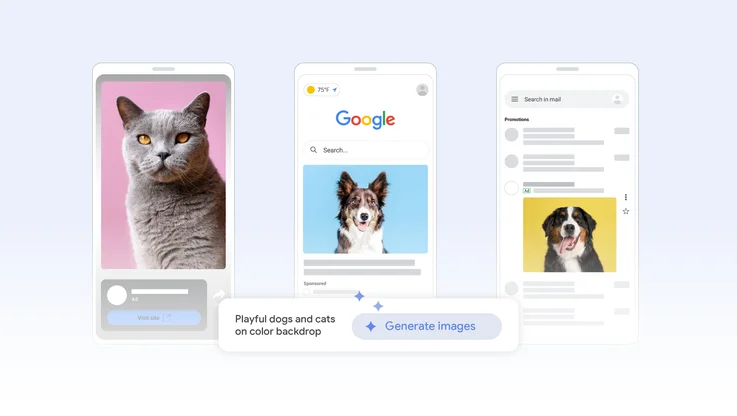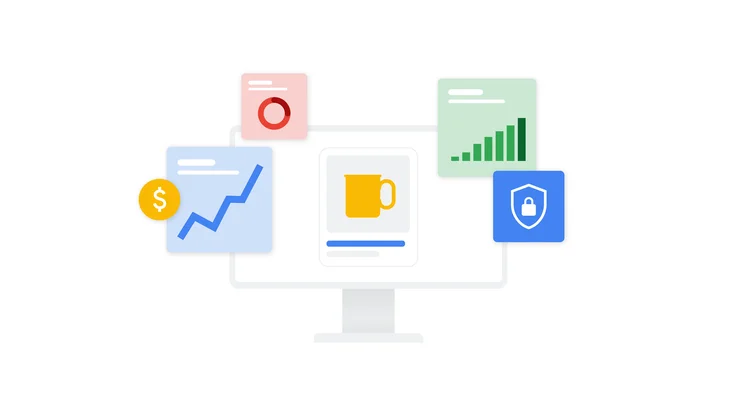New measurement innovations unlock more store visits data
When people are deciding where to go—like where to shop, eat or have fun—they turn to their smartphones to explore and find nearby places. We introduced store visits measurement two years ago to help advertisers measure these consumer journeys that span the online and physical worlds. Since then, advertisers globally have measured over 4 billion store visits in AdWords.
Today, we’re excited to announce new innovations that will make store visits available to thousands more advertisers around the world. These innovations will also allow us to report more store visits for advertisers already using these insights to give a more complete view of performance.
As we continue to evolve our measurement technology with new strides in machine learning, mapping technology and survey quality, we are able to increase the number of store visits we can report while still achieving that same high bar for accuracy you’ve come to expect.
These are the innovative machine learning techniques at the core of powerful Google features that help people solve complex problems in their everyday lives -- they can help automatically curate images in Google Photos to create an album of your favorite college memories. Or process entire sentences at a time in Google Translate to give you translations that sound much closer to what a fluent speaker would say.
New innovations for measuring store visits will allow more AdWords advertisers to get these insights for the very first time, and deliver a richer and more complete data set to advertisers already using store visits. We’re excited to continue partnering with you to build better online-to-offline experiences for your customers and help you measure the direct impact to your business.
Today, we’re excited to announce new innovations that will make store visits available to thousands more advertisers around the world. These innovations will also allow us to report more store visits for advertisers already using these insights to give a more complete view of performance.
Richer store visits data at the same high level of accuracy
We know measurement insights like store visits help you make business-critical decisions about how you manage and optimize your marketing campaigns. That’s why we uphold strict, conservative confidence thresholds for the data you see in AdWords and only report on store visits when we’re sure the data meets the highest standard of accuracy. This is also done in a secure, privacy-safe way without sharing any personal location information at an individual level. Store visits are calculated based on aggregated and anonymized data from users who opt in to activate Location History.As we continue to evolve our measurement technology with new strides in machine learning, mapping technology and survey quality, we are able to increase the number of store visits we can report while still achieving that same high bar for accuracy you’ve come to expect.
Deep learning helps us better predict store visits in challenging scenarios
In the past month, we’ve upgraded to deep learning models to improve how we measure store visits. We’re now able to train on larger data sets and increase our accuracy in prioritizing which location signals are most predictive of true visits. This allows us to reliably measure more store visits in contexts that are typically tricky, such as in multi-story malls and dense geographies where many business locations are situated close to each other.These are the innovative machine learning techniques at the core of powerful Google features that help people solve complex problems in their everyday lives -- they can help automatically curate images in Google Photos to create an album of your favorite college memories. Or process entire sentences at a time in Google Translate to give you translations that sound much closer to what a fluent speaker would say.
New mapping initiatives improve how we define location geometry
We’ve also scaled our efforts to map the precise geography and geometry of more business locations. We’ve refreshed imagery from Google Earth and Google Street View to get the most up-to-date, external views of where different buildings begin and end. Around the world, on-the-ground teams are also partnering with more businesses to scan Wi-Fi strength inside buildings to figure out their true boundaries.Higher-quality survey data to verify store visits
When our systems detect that potential visits have occurred, we add an extra layer of verification by surveying select users about their store visits. We directly ask which locations they’ve visited, see how this checks out against our predictions, and then use this data to calibrate our machine learning models. We’ve continued increasing the reliability and quality of these surveys using real-life audits and location visits from our own teams. For example, we’re now verifying more visits that happen in areas with high store densities to give our models more data to learn from. This strengthens accuracy and allows us to report on more store visits that may have been previously excluded.New innovations for measuring store visits will allow more AdWords advertisers to get these insights for the very first time, and deliver a richer and more complete data set to advertisers already using store visits. We’re excited to continue partnering with you to build better online-to-offline experiences for your customers and help you measure the direct impact to your business.




